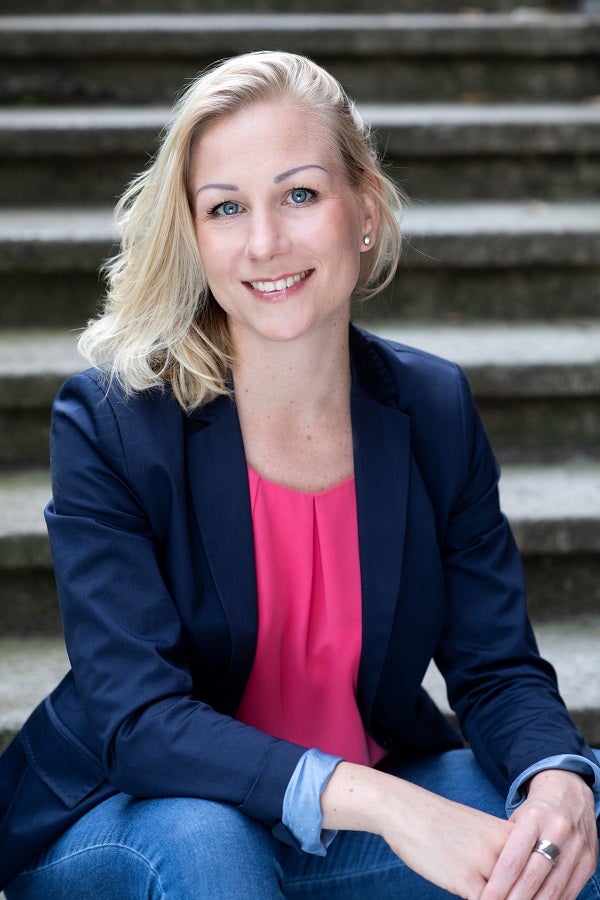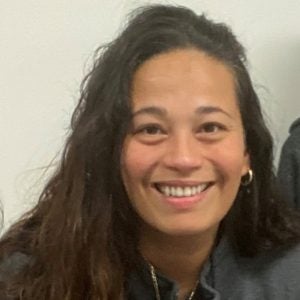
Communication transparency is an essential requirement when planning a clinical supply strategy. Trends such as virtual trials, remote patient monitoring and emerging technologies are leading to an increased demand for individualised secondary packaging solutions. As the landscape of clinical trials continues to evolve, it is crucial for organisations to stay on top of these emerging trends and adapt their clinical supply strategies accordingly.
BAP Pharma, with three global sites, is helping to meet these increased requirements in secondary packaging, and distribution, for clinical trials by prioritising effective communication throughout the process.
Secondary packaging covers a wide range of criteria, with designs customised to fit every study. Anything from the application of labels to a variety of package types, such as bottles, blister cards, vials, syringes, pouches, tubes, and inhalers, just to name a few.
Sarah Casten is a clinical project manager (CPM) at BAP Pharma, reporting out of the company’s German facility, in Bavaria. She says that working transparently is the best way to make clinical trials run as efficiently as possible and mitigate risks. She emphasises the importance of setting the right expectations and clear lines of communication with all stakeholders during the initial meeting.

“We use the initial meeting to agree on the communication plan, preferred contact method, and meeting occurrences,” says Casten. “Some prefer video calls, some email. We customise based on their work preference and work together towards their needs.”
In many scenarios, errors or mistakes happen due to a lack of communication and understanding, she says.
Transparency during a trial is about the relationships between individuals supporting the trial, Casten adds, and about creating an atmosphere where everybody feels comfortable enough to address matters or raise concerns. This applies equally to internal team members, as well as external clients and third-party vendors.
This is the necessary foundation for creating a trusting environment in which all parties can be open, resulting in transparency, she says.
Why effective communication is essential for clinical trials
BAP Pharma meets its customer expectations and contractual requirements thanks to an effective communication foundation.
Marilyn Lascala is BAP Pharma’s US-based CPM and says that as part of the communication plan, every team member knows, at every level, who is responsible for what. “The client gets support, consultancy and guidance when needed from us,” explains Lascala. “This is where the CPM comes in and provides that individualised service.”

BAP has found that a single point of contact approach is the most beneficial for the customer, and Casten explains that BAP’s CPM is the first touch point for its clients. Internally supporting expectations and messaging, with the CPM serving as the client’s internal voice.
When it comes to defining project timelines, Lascala says that they work closely with clients, ensuring that project timelines are aligned: “We are constantly in contact with them. We make sure that both sides are comfortable with the agreed timelines.”
“Our goal is to establish a transparent, positive atmosphere. Everybody’s definition of effective communication is different. So, we ask the client from the beginning: ‘What is important for you?’”
“Imagine you are in the initiation meeting with the dedicated CPM: what is important for your trial – what would you have included in the communication plan when placing your secondary packaging request with BAP Pharma?” Casten adds.
“Based on our many years of experience this raises awareness and commitment by the relevant parties involved. We are here to support our clients on their unique path to bringing their drug to market,” Lascala reflects.
Vital experience in clinical trial transparency
Lascala explains that years of experience in various functions is what differentiates BAP’s staff: “We are collaborative, and this is what clients can experience when they place business with us, this is the benefit of working with BAP Pharma.”
BAP’s highly experienced staff make all the difference, Casten agrees: “We propose multiple and various options based on our experience. We bring that consultative approach. In the end, it is our client’s decision, and we are here to support that decision, but we can provide background and help them achieve their goal of bringing their drug to patients.”
Awareness of the clinical landscape is one where flexibility, quick reaction times and the adaptation of ever-changing circumstances is necessary, Lascala says: “We see the landscape of therapies changing all the time, and we don’t shy away from something new. We are here to take on every challenge.”
“Bringing drugs to market is a dynamic environment. Communication and transparency must be at the forefront of these daily activities, and this is what motivates us to consistently fulfil our promised delivered motto. We know we’re not just delivering investigational medicinal products (IMPs); we understand there is a patient waiting at the end of the supply line,” Casten concludes.
To learn how BAP Pharma can help with your secondary packaging requirements, download the specially commissioned white paper below.


